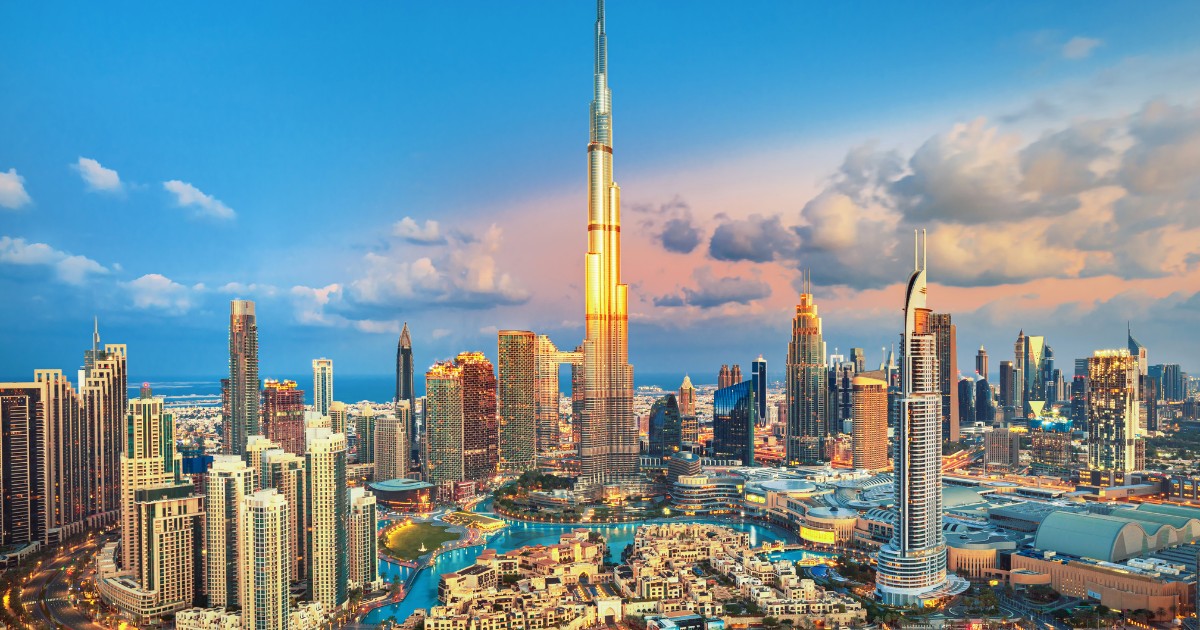At Interiors-Collective, we’re passionate about creating beautiful and functional living spaces. But what about when square footage is limited and the only way to go is up? Enter the skyscraper, a modern marvel of engineering and design that has transformed our cities and redefined the concept of vertical living.
This article explores the fascinating world of skyscrapers, delving into their history, architectural marvels, and the unique design challenges and opportunities they present. We’ll also explore how to create stylish and comfortable living spaces within these towering giants.
From Humble Beginnings to Soaring Heights: A Brief History of Skyscrapers
The concept of building tall has captivated humanity for centuries. However, the modern skyscraper as we know it emerged in the late 19th century, spurred by a confluence of factors:
-
Urbanization: As cities grew denser, the demand for space skyrocketed (pun intended!). Skyscrapers offered a solution, allowing for more people to live, work, and play in a concentrated area.
-
Technological Advancements: The invention of the steel frame and the passenger elevator were game-changers. Steel provided the strength to build structures that defied gravity, while elevators made higher floors accessible and desirable.
-
Architectural Innovation: Pioneering architects like Louis Sullivan and Daniel Burnham pushed the boundaries of design, creating iconic skyscrapers that were both functional and aesthetically pleasing.
Modern Marvels of Engineering: The Science Behind the Soar
Building a skyscraper is no small feat. It requires a complex interplay of engineering marvels:
-
Foundations: Skyscrapers need incredibly strong foundations to support their immense weight. Deep excavations and innovative foundation systems ensure these giants remain firmly rooted.
-
Structural Systems: Modern skyscrapers typically use steel frames to provide the core strength and support. These frames are designed to withstand wind, seismic activity, and the constant pull of gravity.
-
Cladding and Facades: The exterior of a skyscraper is more than just aesthetics. It serves as a protective barrier against the elements and can incorporate energy-saving features. Today, architects explore innovative materials like glass curtain walls and prefabricated panels to create visually stunning and sustainable facades.
Designing for Vertical Living: Challenges and Opportunities
Living in a skyscraper presents unique design challenges and opportunities:
Challenges:
-
Limited Space: Apartments in skyscrapers tend to be smaller than traditional homes. Creating a sense of spaciousness and functionality requires clever design solutions like maximizing natural light, using space-saving furniture, and incorporating open floor plans.
-
Privacy Concerns: Living in close proximity to others can raise privacy concerns. Strategic furniture placement, room dividers, and soundproofing materials can help create a sense of privacy within the open space.
-
Natural Light Access: Higher floors might have stunning views, but they can also be further away from natural light sources. Using light-reflective surfaces, incorporating skylights if possible, and strategically placing furniture can help optimize natural light penetration.
Opportunities:
-
Breathtaking Views: Skyscrapers offer unparalleled panoramic vistas. Maximize these views with floor-to-ceiling windows and strategically placed furniture to create a connection to the outside world.
-
Efficient Living: Smaller spaces can be a catalyst for creativity and efficiency. Explore multifunctional furniture, built-in storage solutions, and vertical gardening options to maximize every square foot.
-
Modern Amenities: Skyscraper living often comes with access to shared amenities like rooftop terraces, fitness centers, and swimming pools. These amenities can enhance your lifestyle and foster a sense of community.
Interiors-Collective’s Guide to Designing a Dream Apartment in a Skyscraper
Living in a skyscraper doesn’t have to mean sacrificing style or comfort. Here are some tips from Interiors-Collective to create a beautiful and functional apartment in a high-rise:
-
Embrace the Light: Maximize natural light by using light-colored furniture and sheer curtains. Consider incorporating mirrors to reflect light and create a feeling of spaciousness.
-
Zone Your Space: Even in a small space, you can create distinct areas for living, sleeping, and working. Use area rugs, furniture placement, and strategically placed dividers to define different zones.
-
Go Vertical: Utilize vertical space with tall bookshelves, wall-mounted storage units, and Murphy beds that fold up when not in use.
-
Personalize Your Space: Don’t be afraid to inject your personality into your décor. Artwork, throw pillows, and statement furniture pieces can transform a generic space into a home that reflects your unique style.
-
Connect with the Outdoors: Bring the outdoors in with potted plants, botanical prints, and natural materials like wood and stone. Consider incorporating a balcony garden or herb wall if your apartment has outdoor space.
Skyscrapers: A Glimpse into the Future of Urban Living (continued)
Skyscrapers are not just about impressive feats of engineering; they represent a paradigm shift in urban living. Here’s what the future holds for these towering giants:
-
Sustainability: As environmental concerns become paramount, the focus is on creating sustainable skyscrapers. This includes incorporating energy-efficient materials, utilizing renewable energy sources like solar panels, and designing for better waste management.
-
Smart Homes: The integration of smart technology will continue to transform skyscraper living. Imagine controlling lighting, temperature, and even appliances from your smartphone!
-
Mixed-Use Developments: Skyscrapers of the future will likely be integrated into mixed-use developments, offering residential units, office space, retail stores, and green spaces all within one vertical community. This fosters a sense of community and reduces dependence on cars.
-
Biophilic Design: Bringing the outdoors in will continue to be a major trend. Imagine vertical gardens cascading down the sides of skyscrapers, rooftop terraces with lush greenery, and natural ventilation systems for improved air quality.
A Final Note from Interiors-Collective
Skyscrapers are a testament to human ingenuity and a symbol of our ever-evolving urban landscape. As these modern marvels continue to reshape our cities, remember that creating a comfortable and stylish home is possible, even in a vertical living environment.
At Interiors-Collective, we’re passionate about helping you design a space that reflects your personality and fosters a sense of well-being, regardless of square footage. So, embrace the vertical living experience, unleash your creativity, and transform your high-rise apartment into a dream home!
Do you live in a skyscraper? Share your design tips and challenges in the comments below. We’d love to hear your stories and inspire others to create beautiful and functional vertical living spaces!
For more trendy ideas follow: https://www.indianperson.com/
-






